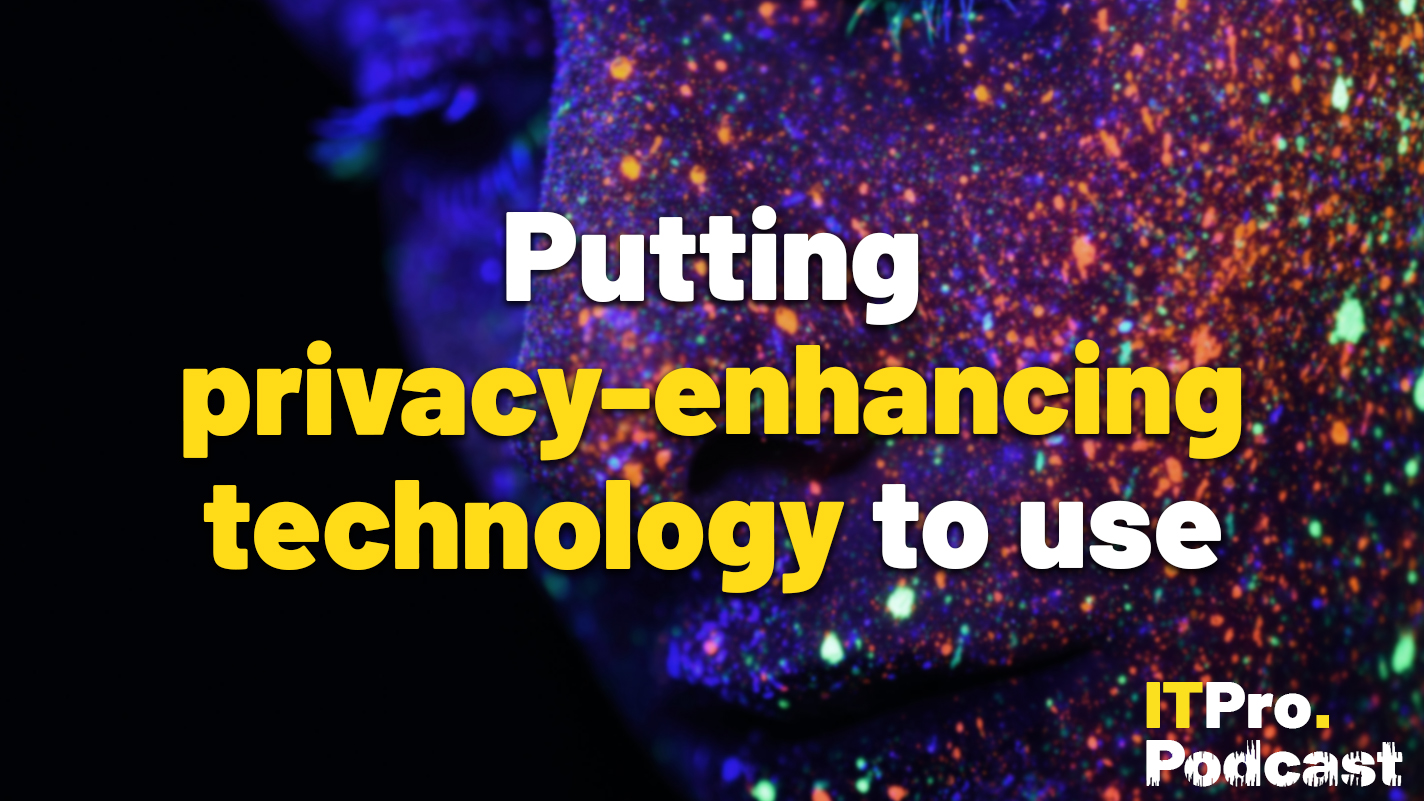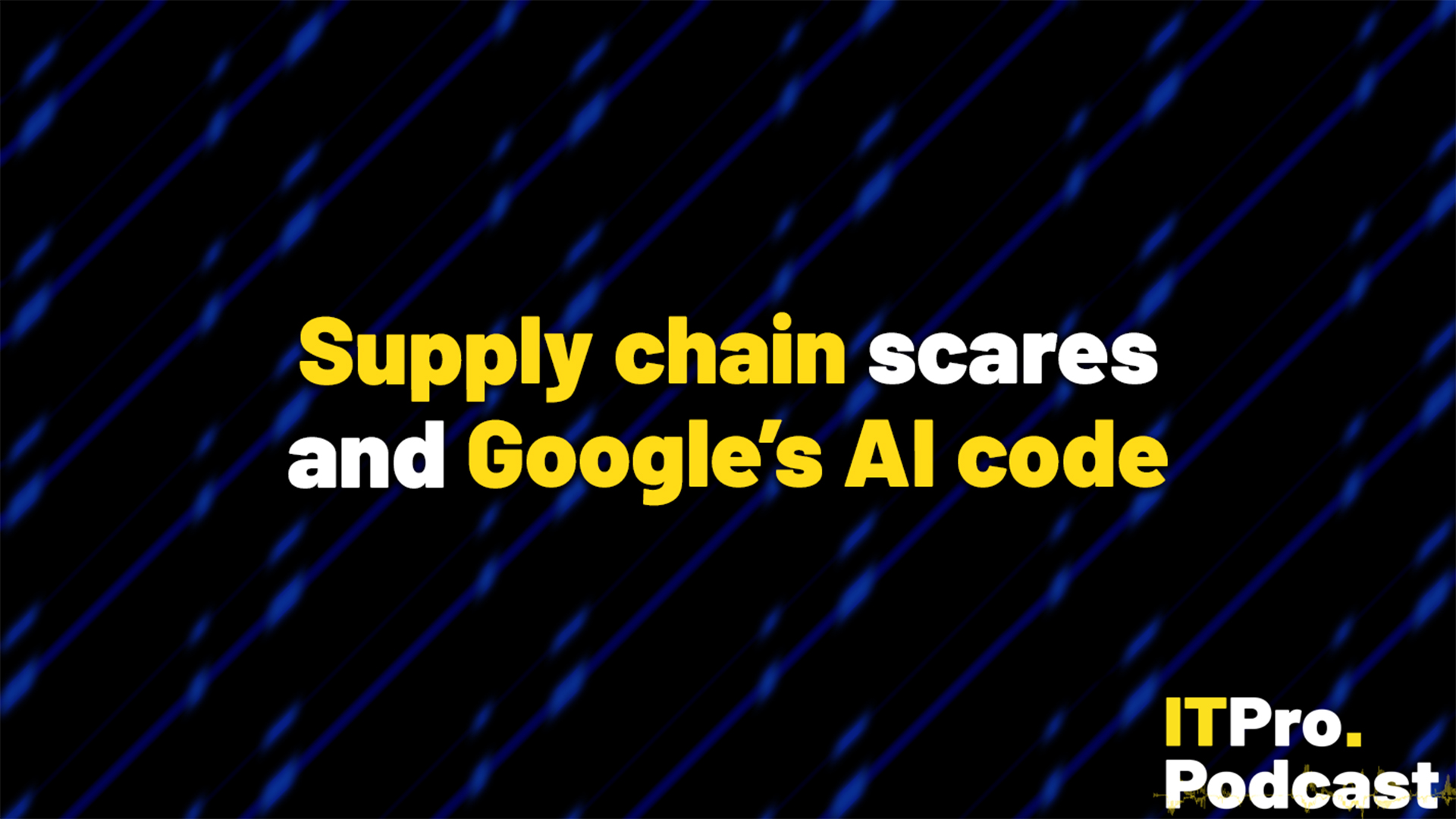Putting privacy-enhancing technologies to use
Data can be protected in use without breaking privacy boundaries


As the economy has become increasingly dependent on data, companies have sought to make more profit from mining user actions such as through loyalty schemes or social media interactions.
But individual rights also have to be respected, and businesses have to follow strict data protection procedures.
Privacy-enhancing technologies (PETs) are one method for companies to securely search through data to derive value – for example, a bank could search through customer data to expose fraudulent activity without putting the personal information of all the customers involved at risk.
This episode, Rory and Jane are joined by Ellison Anne Williams, CEO and founder of privacy-enhancing technology company Enveil, to discuss the dos and don’ts of data use, and how organizations can make use of PETs for enhanced data mining.
Highlights
“Gartner predicts that by 2025, you're going to see about 60% of all large organizations globally, leveraging some form of privacy-enhancing technologies for secure data sharing collaboration, monetization etcetera.”
“Now, privacy enhancing technologies uniquely protect data in use, when it's being used or processed, not when the data is sitting at rest in the file system or moving around the network in transit.”
“So when you talk about allowing any type of organization to be able to securely and privately use data across those boundaries or silos, one form of kind of boundary or silo that you can cross for secure and private data sharing and collaboration is that of organization. So for example, bank to bank, or maybe a healthcare entity to another healthcare entity.”
Get the ITPro daily newsletter
Sign up today and you will receive a free copy of our Future Focus 2025 report - the leading guidance on AI, cybersecurity and other IT challenges as per 700+ senior executives
“It's equally applicable even down to the consumer level. However, I don't believe that's the way we're going to see adoption actually occur. I think at first it's going to follow a natural kind of innovation technology adoption curve, I believe, which is it will start with very large organizations.”
Footnotes
- What are privacy-enhancing technologies (PETs)?
- What is AES encryption?
- Intel joins forces with DARPA to help build encryption ‘holy grail’
- What is machine learning and why is it important?
- What are the pros and cons of AI?
Subscribe
- Subscribe to The IT Pro Podcast on Apple Podcasts
- Subscribe to The IT Pro Podcast on Google Podcasts
- Subscribe to The IT Pro Podcast on Spotify
- Subscribe to the IT Pro newsletter
- Subscribe to IT Pro 20/20

Rory Bathgate is Features and Multimedia Editor at ITPro, overseeing all in-depth content and case studies. He can also be found co-hosting the ITPro Podcast with Jane McCallion, swapping a keyboard for a microphone to discuss the latest learnings with thought leaders from across the tech sector.
In his free time, Rory enjoys photography, video editing, and good science fiction. After graduating from the University of Kent with a BA in English and American Literature, Rory undertook an MA in Eighteenth-Century Studies at King’s College London. He joined ITPro in 2022 as a graduate, following four years in student journalism. You can contact Rory at rory.bathgate@futurenet.com or on LinkedIn.
-
 Cleo attack victim list grows as Hertz confirms customer data stolen
Cleo attack victim list grows as Hertz confirms customer data stolenNews Hertz has confirmed it suffered a data breach as a result of the Cleo zero-day vulnerability in late 2024, with the car rental giant warning that customer data was stolen.
By Ross Kelly
-
 Lateral moves in tech: Why leaders should support employee mobility
Lateral moves in tech: Why leaders should support employee mobilityIn-depth Encouraging staff to switch roles can have long-term benefits for skills in the tech sector
By Keri Allan
-
 The new era of cyber threats
The new era of cyber threatsITPro Podcast With AI-powered attacks and state-backed groups, security teams face face a new wave of sophisticated threats
By Rory Bathgate
-
 Supply chain scares and Google’s AI code
Supply chain scares and Google’s AI codeITPro Podcast As the ransomware attack on Blue Yonder disrupts a wide range of firms, Google moves to lead by example on internal AI code
By Rory Bathgate
-
 Halloween special: Cybersecurity horror stories
Halloween special: Cybersecurity horror storiesPodcast Join us for three terrifying tales sure to chill any IT professional to the core
By Jane McCallion
-
 Securing your business with education and training
Securing your business with education and trainingITPro Podcast Keeping your workforce updated on the latest threats requires a cohesive cyber skills strategy
By ITPro
-
 Cracking open insider threats
Cracking open insider threatsITPro Podcast Leaders need to perform strict identity measures on would-be hires – and ensure employees who leave have access promptly removed
By Rory Bathgate
-
 Protecting the public sector from hackers
Protecting the public sector from hackersITPro Podcast With the public sector facing increasingly sophisticated threat actors, leaders need centralized security plans and better communication
By Rory Bathgate
-
 How cyber attacks damage mental health
How cyber attacks damage mental healthITPro Podcast As staff struggle to cope in the immediate aftermath of a cyber incident, leaders must do more to foster a culture of support
By Rory Bathgate
-
 LockBit leader revealed: What it means for ransomware
LockBit leader revealed: What it means for ransomwareITPro Podcast With LockBit's founder having been unveiled publicly and with international law enforcement still digging into detailed attack stats, the group is on high alert
By Rory Bathgate